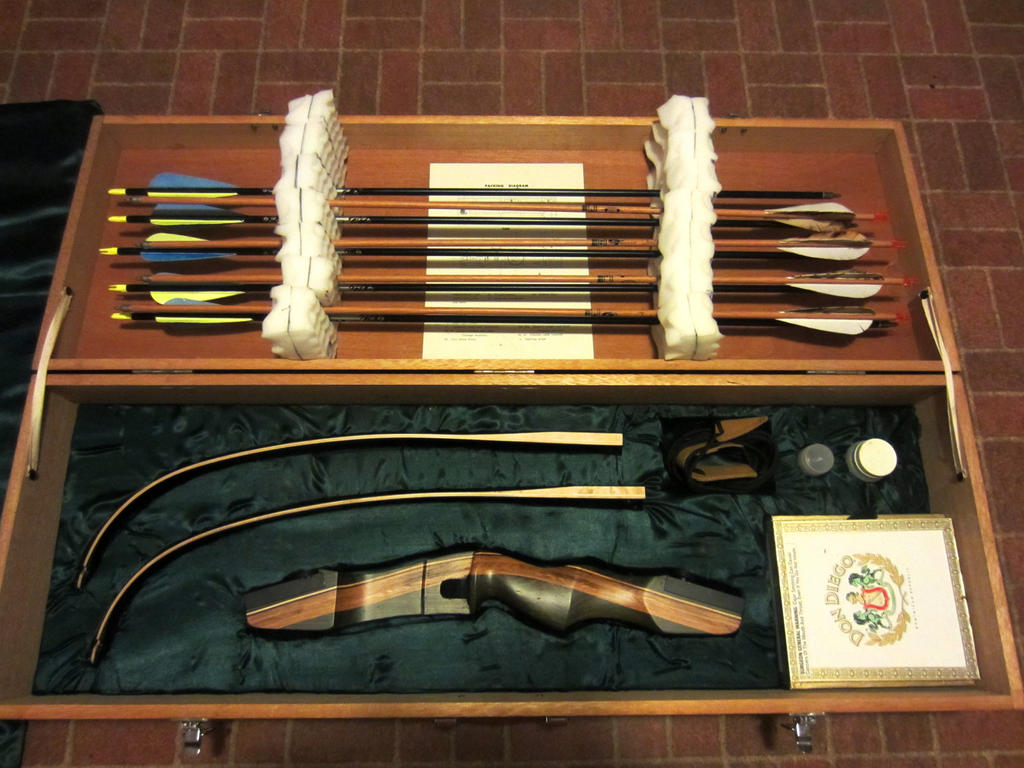Earlier this spring I started building a shed for myself out of free pallets. I'm not sure exactly how, but at some point the shed for my lawnmower turned into a duck house for some new ducks my wife brought home.
Anyway here are a couple of quick pictures of the process. As usual, the goal here was to be as frugal as possible. I think the total cost for this shed was around $40. I made everything out of free or recycled materials except for some odds and ends like screws and some strapping for the roof.
I started by laying out my pallet floor on flat rocks and concrete blocks that I had. I screwed them together and then screwed up the initial walls. I used some old wood I had lying around to frame up the top cross beam.
You may be able to see it in this second picture, but I made the roof beams out of small tree trunks that I had cut down earlier in the year.
After finishing the framing with the pallets adding the beams on the roof and putting strapping across it, I covered the whole thing in old political signs. These things are great. They are plastic, waterproof and best of all free. I happened to have a friend who ran for office and had a ton of left over signs, but even if you don't you can collect these from the side of the road after any election.
Well here it is my finished below shed, for the ducks. It's been 4 months now and they are living happily in their little home.
As always, let me know if you have any questions. This is not a very detailed post, but maybe it will give you some ideas on how to create your own shed and or duck house!



























